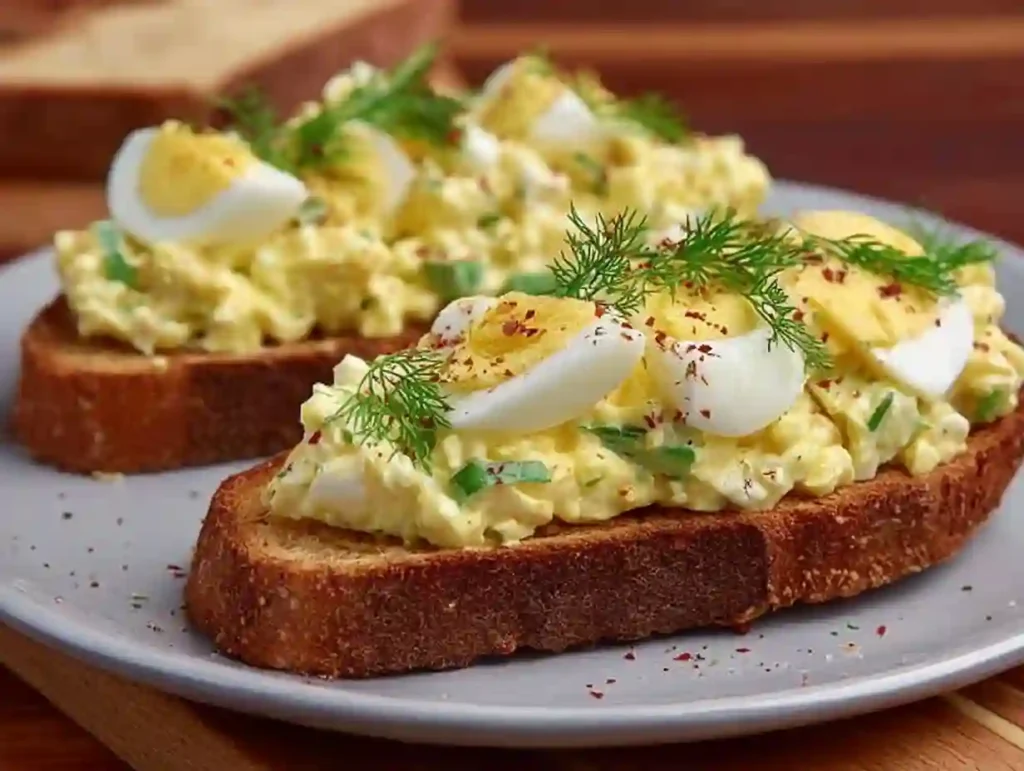About This Recipe
This recipe teaches the essential method behind achieving a rich, velvety, and perfectly balanced cream texture that professionals swear by. It’s not about a single dish, but rather about mastering a culinary technique that transforms basic ingredients into something exceptional. Using the science of emulsification and aeration, this process creates a smooth, stable, and airy consistency—ideal for frostings, fillings, or even dessert bases. With just a few ingredients and careful attention to temperature, you can unlock a texture that feels luxurious and professional.

Why You’ll Love This Recipe
If you’ve ever struggled to achieve that light yet creamy consistency in your buttercream or dessert filling, this recipe is your solution. It yields a silky texture that spreads beautifully, pipes cleanly, and holds its shape without becoming greasy or heavy. This method is built on the same foundational techniques used in high-end pastry kitchens, meaning you’ll not only create something delicious but also develop real culinary skills.
It’s simple enough for home bakers yet refined enough for anyone wanting to elevate their craft. The process emphasizes patience, precision, and understanding of ingredient behavior—especially the relationship between temperature and texture. Once mastered, this technique becomes a go-to base for frostings, mousses, or creamy dessert layers.
Ingredients
- 2 large eggs, at room temperature
- 1 cup (200 g) granulated sugar
- 1/4 teaspoon salt
- 1 cup (2 sticks or 226 g) unsalted butter, softened to room temperature
- 1 teaspoon pure vanilla extract
Step-by-Step Instructions
Step 1: Prepare Your Ingredients
Before starting, make sure all ingredients are at room temperature. This is essential. Cold eggs or butter can break the emulsion, while overly warm ingredients can cause separation. Room-temperature ingredients ensure everything blends smoothly into a stable, creamy consistency.
Step 2: Begin the Base Mixture
Add the eggs, sugar, and salt to the bowl of a stand mixer. Using the paddle attachment, mix briefly until the ingredients are combined. This step ensures an even base before heating.
Step 3: Gentle Heating for a Perfect Texture
Set up a double boiler by placing the mixing bowl over a pot of simmering water. The bottom of the bowl should not touch the water—gentle steam heat is key here. Constantly whisk the egg mixture for about 5–10 minutes, or until the sugar completely dissolves and the mixture feels warm to the touch (around 110°F or 43°C). Heating helps dissolve the sugar granules, creating a smoother texture while also stabilizing the egg proteins.
Step 4: Aerate the Mixture
Transfer the bowl to your stand mixer fitted with the whisk attachment. Whip on high speed for about 8–10 minutes. You’ll notice the mixture expanding and turning pale in color—it should become thick, glossy, and hold a “ribbon” when lifted with the whisk. This step builds the structure that gives your cream its lightness and volume.
Step 5: Add the Butter Gradually
Switch to the paddle attachment. On medium-low speed, begin adding the softened butter one tablespoon at a time. Take your time with this step—adding the butter too quickly can cause curdling. Each piece must be fully incorporated before the next addition. As the butter mixes in, the texture may look slightly grainy or curdled at first, but keep mixing—it will soon transform into a smooth, luxurious cream.
Step 6: Finish with Flavor
Once all the butter has been added, pour in the vanilla extract. Beat on medium speed until everything comes together into a velvety, perfectly emulsified cream. The result should be silky, light, and stable.
Step 7: The Final Touch
Give your mixture a quick taste and texture check. It should feel airy yet rich, smooth but not greasy. You’ve successfully created a professional-quality cream that can be used as a frosting, filling, or dessert base.
FAQ
Why did my mixture curdle?
Curdling usually happens when the ingredients are at different temperatures or when the butter is added too quickly. Don’t panic—keep mixing at medium speed, and the mixture will re-emulsify into a smooth cream as the temperature evens out.
Can I use a hand mixer instead of a stand mixer?
Yes, a hand mixer works fine, though you may need to extend the whipping time by several minutes to achieve the same volume and consistency. A stand mixer simply makes the process more efficient.
Why is the double boiler step important?
This step gently warms the eggs and sugar, dissolving the sugar crystals and partially cooking the eggs. It helps create a stable foam that holds air better, leading to a more consistent and fluffy texture in the final product.
Can I flavor this cream differently?
Absolutely. Once you’ve mastered the base, try adding citrus zest, cocoa powder, espresso, or fruit purees. The method stays the same—you just adjust the flavor to suit your dessert.
You Must Know
Temperature control is the most critical factor in this recipe. Room-temperature butter and eggs are non-negotiable. Cold butter won’t emulsify, while melted butter will destroy the airy structure you’ve built. If your butter feels too firm, leave it out for about 30–40 minutes before using. Similarly, ensure your eggs aren’t cold from the fridge—lukewarm eggs incorporate more air during whipping.
This recipe is a study in balance and patience—the combination of aeration and emulsification produces a luxurious texture that’s light, stable, and flavorful. Don’t rush it; give each step the attention it deserves, and you’ll achieve perfection every time.
Storage Tips
Your finished cream can be stored in an airtight container in the refrigerator for up to one week. Before using again, let it come to room temperature and briefly re-whip it to restore its smoothness and volume. For longer storage, freeze it for up to three months. When ready to use, thaw in the refrigerator overnight, then re-whip to bring back its creamy, airy consistency.
This technique isn’t just a recipe—it’s a foundation. Once you master it, you’ll be able to create endless variations of smooth, dreamy desserts that feel like they came from a professional pastry kitchen.
